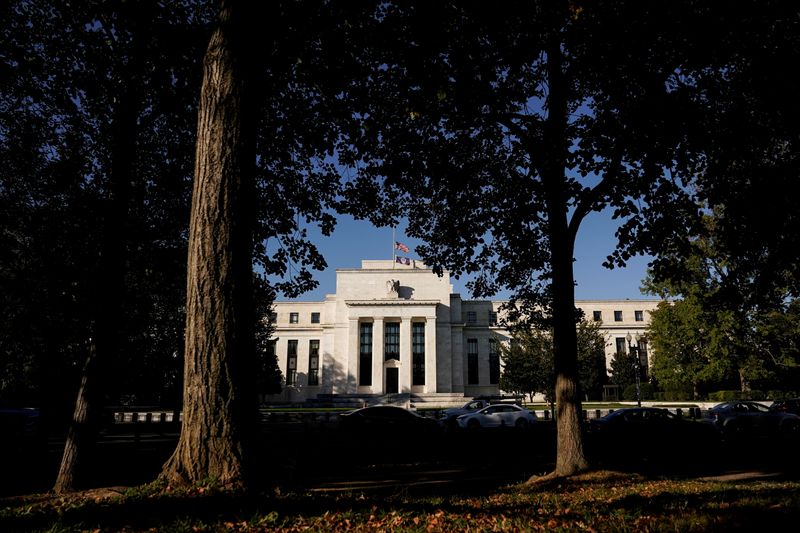Fed Waller: "Further Rate Cuts Possible, but Timing Depends on Inflation"
Federal Reserve Governor Christopher Waller stated that the Fed could continue to lower interest rates in 2025 if inflation continues to decline, although the pace of this process remains uncertain. Waller noted that at the end of 2024, inflation remained above the Fed's 2% target, but market-based inflation expectations and short-term inflation data indicated a downward trend.
In his speech at the OECD event in Paris, Waller said, "There are calls to slow down or halt the reduction of the policy rate. However, I believe inflation will continue to move toward our 2% target in the medium term, and I think further cuts would be appropriate." Waller emphasized that the pace of interest rate reductions will be determined by progress in inflation and the strength of the labor market.
Debate on the number of rate cuts in 2025 The Fed made a total reduction of one percentage point in the policy rate during its last three meetings in 2024, and the current rate range is between 4.25% and 4.5%. However, a decision to keep the rates unchanged is expected at the January meeting. Waller indicated that there is no consensus on how many rate cuts will occur this year, with some Fed officials not expecting any reductions while others forecasted five cuts.
Fed officials are being cautious due to slow progress in inflation. The economy's strong growth performance, job gains, and rising wages are supporting consumer spending, which limits the Fed from making further interest rate cuts. Waller stated, "I believe the U.S. economy is on solid ground, and there are no signs that the labor market will weaken in the coming months."
Could Trump’s economic policies be influential? Fed officials are discussing how the economic policies that would be implemented during Donald Trump's second term, particularly tariffs, could affect the economic trajectory. Waller expressed that rising tariffs could exert upward pressure on inflation in 2025, but he believes this effect would not be permanent.
Waller stated that the high inflation figures were due to the impact of data from the beginning of 2024 and that these figures would show a decline in the first quarter of 2025. He also emphasized that six-month average inflation data is on a downward trend. He noted that some prices forecasted by the government are among the factors increasing inflation rather than observed prices.
While the Fed expects inflation to deviate from the 2% target this year, it anticipates that the target will not be reached until 2027. Nevertheless, Waller mentioned that if inflation pressures ease, rate cuts could continue in 2025.


